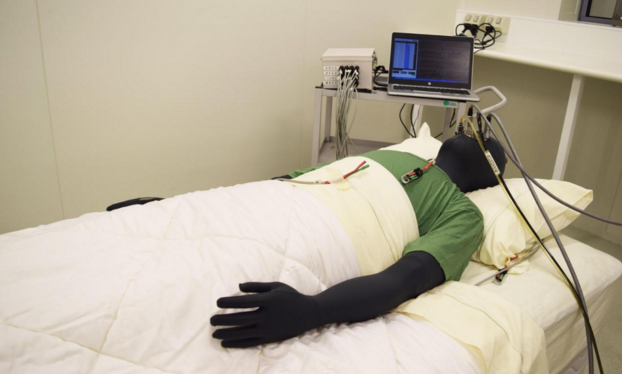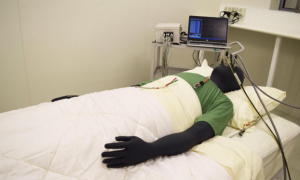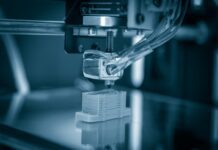
Researchers from RMIT’s Centre for Advanced Materials and Performance Textiles are trying to find new approaches to improve sleep by developing ways to design and make new materials, sleepwear and bedding products that can be personalised to each individual’s unique sleeping patterns.

Image credit: RMIT website
The project at RMIT is led by Associate Professor Olga Troynikov who states that better sleep will benefit a whole myriad of people, from athletes to shift workers.
“Sleep as a measure of health and wellbeing is increasingly seen as one of the most crucial human necessities, particularly in today’s hectic world,” Troynikov said.
“Poor sleep quality and sleep restriction strongly influence our personal wellbeing and productivity. Sound sleep is critical not only for people who need high levels of concentration as part of their profession, such as surgeons or air traffic controllers, but also to all of us who need our brains to be working properly to ensure we are safe and efficient at work, at home or in the car.”
The scientists have already managed to develop a new approach to enable objective investigations into dynamic sleeping environments and since research on human subjects would be time consuming and expensive, they turned to Newton – a manikin that is tucked into bed and monitored while he “sleeps”.
“Using a thermal manikin is valuable as he is of human size and form but, unlike humans, is very neutral and objective in his responses, allowing us to collect reliable data. In many cases the initial research would be followed by studies on human subjects in sleeping labs, which we have done in some of our research,” Troynikov said.
So far, the scientists have focused on protective and industrial work wear, medical textiles and garments, as well as sport and performance apparel.



















